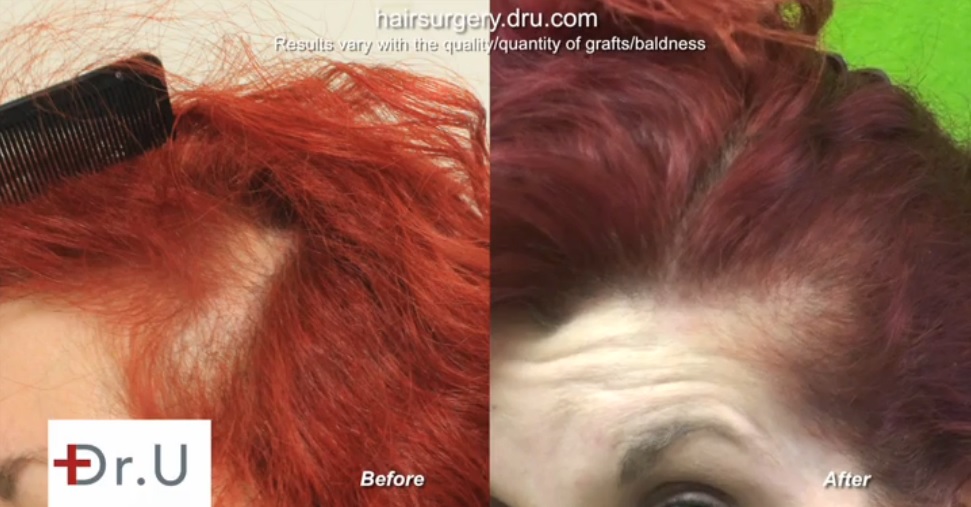Who is an ideal female hair restoration candidate
Hair loss in women is usually caused by multiple factors. Thinning and shedding for example may be caused by hormonal changes and fluctuations. And the effects of this may be compounded with the central cause of androgenic alopecia. This is where the person’s genetics create hair follicle receptors that are sensitive to the effects of dehydrotestosterone (DHT) and shrink as a result.
Therefore, these additional factors would need to be identified prior to making a decision on whether or not the individual should undergo a hair restoration surgery.
Pattern baldness (androgenic alopecia) tends to manifest as global areas of thinning. However, in order to qualify for a hair restoration procedure, there would need to be an ample supply of robust follicles (which have not yet been affected by miniaturization) which grow the right hair length and thickness to serve as grafts.
Women who are suffering from traction alopecia are generally good candidates for a hair restoration surgery if topical minoxidil and avoidance of offending hair grooming practices fail.

Traction alopecia is where hair loss is caused by hair styling practices (e.g. extensions, tight braids, weaves) which constantly pull at the follicles, causing them to become damaged. This usually happens on very localized regions on the sides of the head, leaving an abundance of healthier follicles on other regions which can be transplanted to restore coverage.
Learn more about hair transplants for women here
